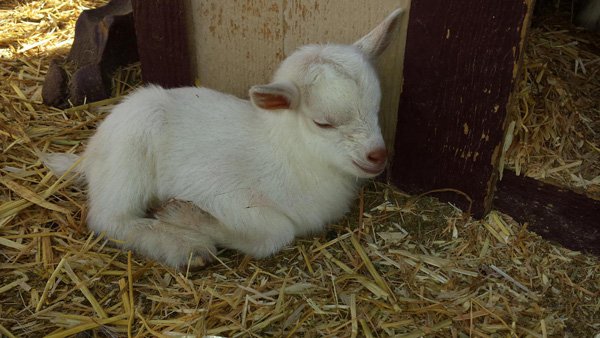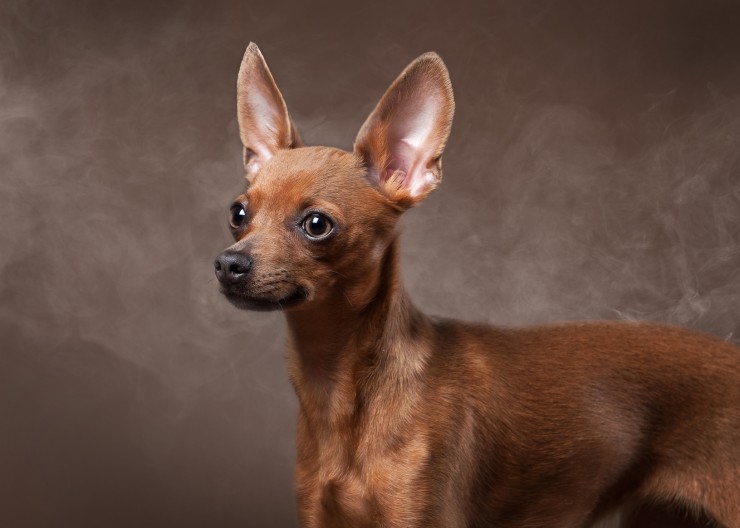Retinal dysplasia refers to a disorder in which the cells and layer of retinal tissue did not develop properly. It is usually a nonprogressive disease and can be caused by viral infections, drugs, vitamin A deficiency, or genetic defects. Retinal dysplasia is characterized by folds or rosettes (round clumps) of the retinal tissue. The normal retina lines the back of the eye. The retinal cells receive light stimuli from the external environment and transmit the information to the brain where it is interpreted to become vision. In retinal dysplasia, there is abnormal development of the retina, present at birth. The disorder can be inherited, or it can be acquired as a result of a viral infection or some other event before the pups were born.
Retinal dysplasia can be focal, multifocal, geographic, or accompanied by retinal detachment. Focal and multifocal retinal dysplasia appears as streaks and dots in the central retina. Geographic retinal dysplasia appears as an irregular or horseshoe-shaped area of mixed hyper or hyporeflectivity in the central retina. Retinal detachment occurs with complete retinal dysplasia, and is accompanied by blindness in that eye. Cataracts or glaucoma can also occur secondary to retinal dysplasia. Other causes of retinal dysplasia in dogs include infection with canine adenovirus or canine herpesvirus, or radiation of the eye in newborns. Some dogs have no symptoms and can only be identified with an ophthalmic examination. More severely affected puppies may be partially or totally blind. Retinal dysplasia has been seen in many other breeds as well, including the akita (folds,geographic/detachment), Australian shepherd (folds), beagle (folds), Belgian malinois (folds), border terrier (folds), bull mastiff (folds), Cairn terrier (multifocal folds, geographic), cavalier King Charles spaniel (folds and geographic/detached), clumber spaniel (folds), collie (folds), field spaniel (folds), German shepherd (folds), Gordon setter (folds), mastiff (folds), Norwegian elkhound (folds), old English sheepdog (folds), Pembroke Welsh corgi (folds and geographic/detached), rottweiler (folds), samoyed (folds,geographic/detached), soft-coated wheaten terrier (folds), Sussex spaniel (folds). Labrador retrievers and samoyeds with retinal dysplasia may also have a bony abnormality called chondrodysplasia, or dwarfism. The dog's front legs are shorter and thicker than normal.
The effect on vision of the mildest form (folding of the retina) is not known. The abnormal retinal folds may disappear with age in dogs that are only mildly affected. There is some loss of vision or blindness with the geographic or detached forms of retinal dysplasia, and this is present for the dog's whole life. With their acute senses of smell and hearing, dogs can compensate very well for visual difficulties, particularly in familiar surroundings.
There is no treatment for retinal dysplasia. With their acute senses of smell and hearing, dogs can compensate very well for visual difficulties, particularly in familiar surroundings. In fact owners may be unaware of the extent of vision loss. You can help your visually impaired dog by developing regular routes for exercise, maintaining your dog's surroundings as constant as possible, introducing any necessary changes gradually, and being patient with your dog. The only way to prevent it is to make sure that the active carriers of RD gene do not breed. All breeding dogs should be registered with the Canine Eye Registry Foundation and should be evaluated before being bred, and then tested yearly by certified eye specialists. Dogs affected with geographic or detached retinal dysplasia, their parents and their littermates should not be bred. The situation is less clear in those breeds that have retinal folds, since the genetic relationship between the 3 forms is not known.

 Which Dog Leash Is A Better Choice?
Which Dog Leash Is A Better Choice?
When you a
Which Dog Leash Is A Better Choice?
Which Dog Leash Is A Better Choice?
When you a
 How You Can Help Your Favourite Animal Charity
How You Can Help
How You Can Help Your Favourite Animal Charity
How You Can Help
 Treating Your Pet Rabbit For Fleas
Treating Your Pet
Treating Your Pet Rabbit For Fleas
Treating Your Pet
 Finding The Right Dog Bed For Your Furry Friend
Finding The Right Dog Bed For Your Furry Friend
Finding The Right Dog Bed For Your Furry Friend
Finding The Right Dog Bed For Your Furry Friend
 Smoking Around Your Dog Can Lead To Canine Lung Cancer
Smoking Around Yo
Smoking Around Your Dog Can Lead To Canine Lung Cancer
Smoking Around Yo